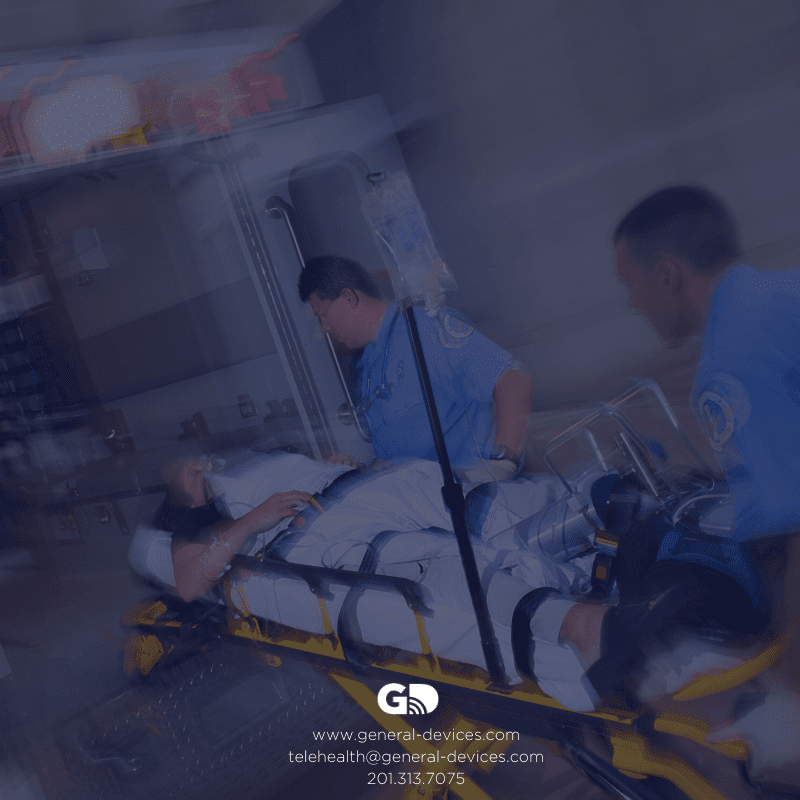The Patient Handoff: A Critical Moment in Healthcare
The Patient Handoff: A Critical Moment in Healthcare
Patient handoffs continue to present challenges and risks to hospitals. According to the Joint Commission Center for Transforming Healthcare, “An estimated 80% of serious medical errors involve miscommunication between caregivers when patients are transferred or handed-off”. For patients brought to the hospital by emergency service responders, care actually begins with “first medical contact” by EMS teams – adding an additional layer to the handoff issue.
Handoffs are defined as the transfer of information, professional responsibility and accountability between caregivers. Handoffs are a critical component of quality patient care and have enormous influence on patient outcomes within the clinical environment.
In a survey taken by NAEMSP, based on 90 EMS agencies, it was found that most EMS handoffs result in information deficiencies.
- Only 78% of handoffs include a chief concern
- Only 47% of handoffs included pertinent physical exam findings
Only 58% of handoffs provided a description of the scene
When asked why this information was often missing, the answers provided were:
- Due to a lack of technology to properly communicate
- Due to a lack of data on the documentation of patient information
- Due to a lack of standardization of proper protocols
- Due to emergency department communication being interrupted by physicians who are often handling multiple cases
Much like everything else in healthcare, there’s room for improvement. With the proper mobile solutions, EMS teams can document all patient information securely and efficiently communicate this information the hospital teams.
Telehealth Solutions such as GD e-Bride Mobile Telemedicine can provide EMS teams with simplified and more efficient communication, data and workflow to improve handoff. How?
- Secure messaging: Begin communicating with ED teams as soon as EMS arrives at the scene to avoid off-loading all information at once during patient handoff
- Configurable digital forms: Create a standardized form for EMS to complete and share en route
- Configurable Case Management: Team communications with event marking and case clock enables engagement and preparation right from first medical contact
- Live Video Telemedicine: Include hospital teams before patient arrival
- Real-time ETA tracking: Hospital teams can have access to ambulance location and live ETA updates in order to be prepared for the patient prior to arrival
With today’s emphasis on patient outcomes and reducing hospital costs and risk, the use of telehealth tools which include HIPAA secure notifications and messaging, digital forms and live video are a cost-effective way to reduce the error percentage associated with EMS handoff. An added benefit is that better handoffs reduce EMS “wall-time”, and improve utilization. Does your EMS handoff process need a hand?
GD has implemented telehealth solutions in over 500 hospital regions and is happy to share the best practices you need for simply smarter patient care.
About GD
GD enables smarter patient care by empowering hospitals, EMS, community healthcare and public safety with the most comprehensive, interactive, configurable, affordable, and integrated FDA listed medical communication and mobile telemedicine solutions. The benefits of which are enhanced workflows, minimized risk, reduced costs and improved patient outcomes. Learn more at www.general-devices.com.

